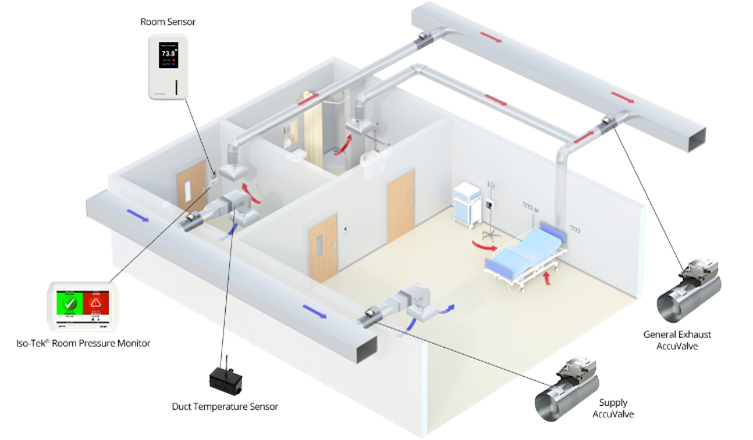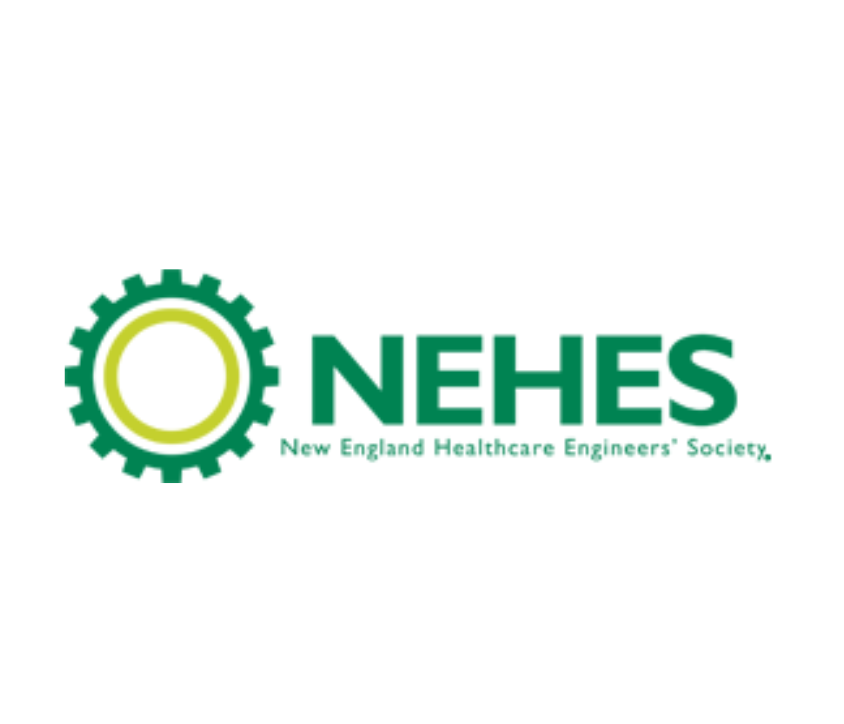Insights from the New England Healthcare Engineers’ Society (NEHES) Fall 2025 Conference
When healthcare leaders discuss resilient and sustainable facilities, the focus often lands on mechanical systems, smart technologies, or regulatory compliance. While these are all critical, they depend on something even more fundamental: building enclosure.
Enclosure elements such as exterior walls, windows, roofs, and weatherproofing systems, form the protective shell of a hospital. They shield the building from the elements, regulate airflow and moisture, and help maintain a stable indoor environment. When thoughtfully designed and properly maintained, enclosures improve energy efficiency, support patient safety, and enhance long-term resilience. But when overlooked, they can lead to mold growth, leaks, fire risks, and costly compliance issues.
At the NEHES Fall 2025 Conference, the importance of enclosures emerged across multiple sessions. Even when not directly mentioned, the building envelope was a recurring theme impacting everything from fire safety to ventilation performance. Here’s how the conference themes and sessions connected back to this vital aspect of healthcare design.
- Compliance and Risk Management
 Session: “Lessons from the Field: Proactive Strategies for Joint Commission Physical Environment Compliance”
Session: “Lessons from the Field: Proactive Strategies for Joint Commission Physical Environment Compliance”
In healthcare, even minor building envelope issues like cracked façades or failed sealants can have serious consequences. Water intrusion doesn’t just damage materials; it can compromise patient safety and trigger Joint Commission findings. That’s why a proactive inspection and maintenance program for the enclosure is just as important as any life-safety system.
Session: “Joint Commission Standards Update / Recent Hospital Fires in Procedural Areas”
Fire safety is another area where the enclosure plays a vital role. Rated wall assemblies, proper firestopping at penetrations, and thoughtful exterior cladding choices help contain fire spread and maintain compartmentation, which are key requirements for regulatory compliance. This session highlighted recent hospital fires and reinforced the need for envelope systems that support fire protection strategies.
- Facility Condition Assessments and Lifecycle Planning
 Session: “Doubling Down on Data: Using Facility Condition Assessments to Guide Decision Making”
Session: “Doubling Down on Data: Using Facility Condition Assessments to Guide Decision Making”
Facility Condition Assessments (FCAs) are powerful tools for capital planning, but they’re incomplete without the building envelope. Tracking roof lifespans, curtain wall performance, and façade deterioration helps facility leaders prioritize investments and avoid long-term exposure to moisture damage or thermal inefficiency. Including an enclosure module in every FCA ensures that envelope-related risks are properly accounted for.
Session: “What’s New in ’26: Major Changes in the 2026 FGI Codes”
With new FGI guidelines on the horizon, building envelope design is becoming more critical than ever. Anticipated updates are expected to introduce stricter standards around energy efficiency, thermal comfort, and durability, which will raise the bar for healthcare facilities. Hospitals that proactively design with these changes in mind can avoid costly retrofits, reduce operational risks, and stay ahead of future compliance requirements.
- Systems Integration and Smart Technology
 Session: “Facility Feud: The Game Show Where Data, Tech & Operations Actually Get Along!”
Session: “Facility Feud: The Game Show Where Data, Tech & Operations Actually Get Along!”
Data integration is a hot topic in healthcare facilities, but it’s not just about HVAC systems or energy meters. Enclosures can be “smart” too. Sensors embedded in walls or roofs can monitor moisture levels, pressure differentials, and thermal bridging. These diagnostics feed into the same data ecosystem, giving facility managers early warnings of hidden issues before they become major problems.
Session: “Integrated Compliance by Design, Not by Default”
Codes and standards often converge at the building envelope, where fire ratings, thermal performance, accessibility, and infection control all intersect within the wall assembly. Designing for compliance from the outset, using continuous air barriers, proper firestopping, and durable materials, helps prevent conflicts and costly redesigns down the line. A proactive approach ensures that the envelope supports both performance and regulatory alignment from day one.
- Air Quality, Ventilation, and Safety
Session: “Navigating New Healthcare Guidelines: Continuously Monitor & Operate Ventilation Systems”

Ventilation systems are only as effective as the envelope they pass through. Poorly sealed penetrations or deteriorating joints can allow unfiltered air to enter, undermining pressure controls in critical areas such as patient rooms and operating suites. A high-performance enclosure helps maintain clean air environments and supports infection control protocols.
- Resilience, Sustainability, and the Future
Session: “Designing & Building Resilient and Sustainable Healthcare Systems”
When it comes to resilience, the building envelope is the first line of defense. A durable, airtight, and thermally efficient façade helps hospitals remain operational during power outages, extreme weather, and flooding. It also contributes to sustainability goals by reducing energy consumption and lowering carbon emissions.
Finally, why Enclosures Deserve Center Stage
Across all these themes, one message is clear: the building enclosure is not an afterthought. It’s a critical system that directly influences patient outcomes, staff comfort, operational efficiency, and regulatory compliance. Here’s why it should be a strategic priority:
- Risk Mitigation: Stop leaks, mold, and compliance issues before they start.
- Energy Control: Cut down on heating, cooling, and moisture management costs.
- Resilience: Keep environments safe and stable during extreme weather.
- Smart Monitoring: Use sensors to catch problems early and act fast.
- Lifecycle Planning: Sync upgrades with FCA cycles and evolving codes.
Moving Forward: What Healthcare Leaders Should Do?
As NEHES Fall 2025 made clear, the future of healthcare facilities lies in integration, resilience, and compliance by design, and these topics can play an even bigger role in future conferences.
To stay ahead, healthcare leaders and facility managers should:
- Include enclosures in every Facility Condition Assessment.
- Develop proactive inspection and maintenance programs.
- Engage enclosure experts early in the design process.
- Track code changes like the upcoming 2026 FGI updates.
- Explore smart technologies for envelope monitoring.
Smart enclosure decisions today create safer, more efficient hospitals, reducing maintenance burdens and protecting long-term budgets.

